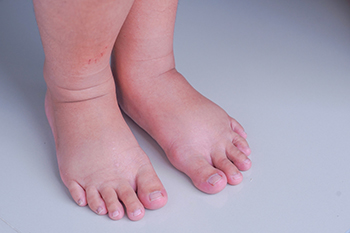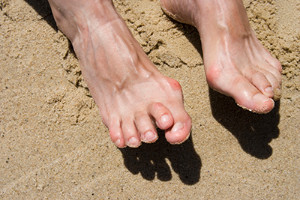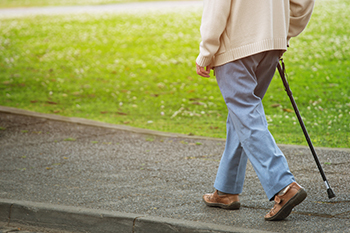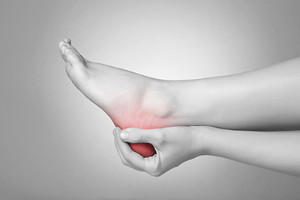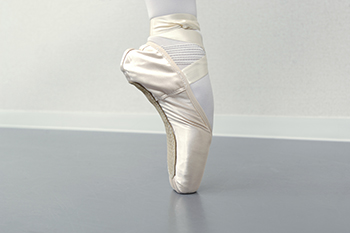
For ballet dancers, a beautifully pointed toe is not just an aesthetic requirement but also a symbol of strength and grace. Achieving a perfect pointe can be challenging, but with dedicated foot exercises, a dancer can enhance her toe point and elevate her dance performance. Begin with a simple flex and point exercise. This is done by sitting or standing with the legs extended. Slowly flex the feet, pulling the toes toward the shins, followed by pointing your toes as far as possible. Repeating this motion can help to improve flexibility and control. A resistance band flex consists of placing a resistance band around your foot and gently flex against the band's resistance. This exercise strengthens the muscles that control toe movement. An effective foot exercise is known as the marble stretch. By placing marbles on the floor and picking them up with your toes you can help to strengthen the intrinsic muscles of your feet. Additionally, writing the alphabet in the air using your big toe can be beneficial in improving toe dexterity and control. Consistent practice of these foot exercises will gradually improve your toe point and enhance performance. It is important to stretch and warm up before attempting these exercises to prevent injury. If you would like more information about how to improve your toe strength, it is suggested that you speak with a podiatrist.
Exercising your feet regularly with the proper foot wear is a great way to prevent injuries and build strength. If you have any concerns about your feet, contact one of our podiatrists from Biebel & DeCotiis Podiatry Associates. Our doctors can provide the care you need to keep you pain-free and on your feet.
Exercise for Your Feet
Exercise for your feet can help you gain strength, mobility and flexibility in your feet. They say that strengthening your feet can be just as rewarding as strengthening another part of the body. Your feet are very important, and we often forget about them in our daily tasks. But it is because of our feet that are we able to get going and do what we need to. For those of us fortunate enough to not have any foot problems, it is an important gesture to take care of them to ensure good health in the long run.
Some foot health exercises can include ankle pumps, tip-toeing, toe rises, lifting off the floor doing reps and sets, and flexing the toes. It is best to speak with Our doctors to determine an appropriate regimen for your needs. Everyone’s needs and bodies are different, and the activities required to maintain strength in the feet vary from individual to individual.
Once you get into a routine of doing regular exercise, you may notice a difference in your feet and how strong they may become.
If you have any questions please feel free to contact one of our offices located in Holmdel and Middletown, NJ . We offer the newest diagnostic and treatment technologies for all your foot and ankle needs.
